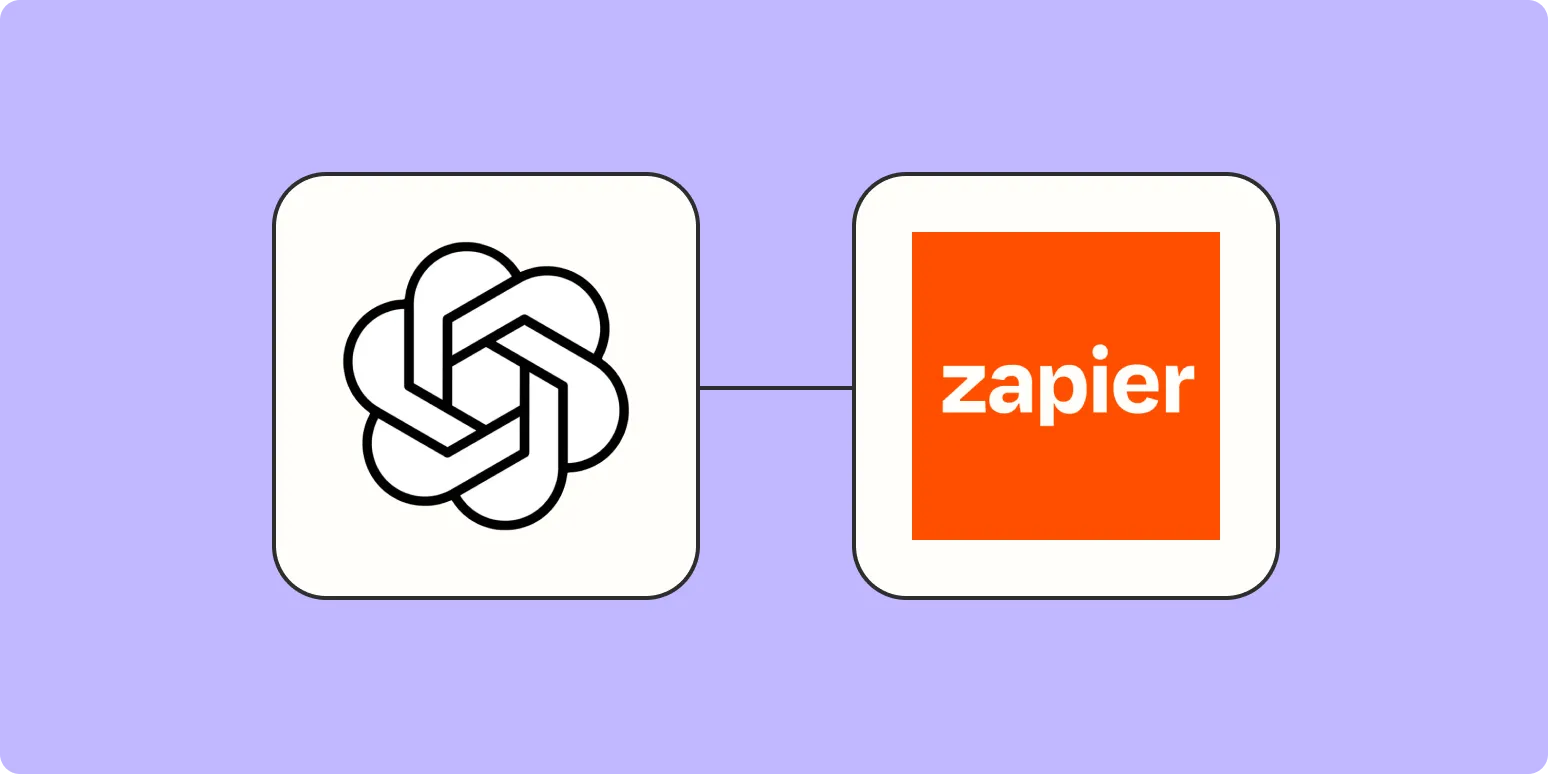Building your own calendar assistant GPT can greatly enhance your productivity and streamline your scheduling needs. By leveraging advanced natural language processing models, you can create a tool tailored to your specific requirements. Below, we will delve into the essential components, steps, and considerations involved in developing a personalized calendar assistant.
Understanding the Basics of Calendar Assistants
Before diving into the development process, it’s crucial to understand what a calendar assistant does. A calendar assistant helps users manage their schedules, set reminders, and even suggest optimal meeting times based on availability. With the integration of GPT, your assistant can also engage in conversational interactions, making it more user-friendly.
Key Features of Your Calendar Assistant GPT
When creating your calendar assistant, consider incorporating the following features:
| Feature | Description |
|---|---|
| Natural Language Processing | Allows users to input commands in plain language, making interactions intuitive. |
| Integration with Calendar APIs | Connects your assistant with platforms like Google Calendar or Outlook for real-time updates. |
| Reminder Notifications | Sends alerts for upcoming events and deadlines to keep users on track. |
| Time Zone Awareness | Adapts scheduling based on users' locations, crucial for remote teams. |
| Data Privacy | Ensures user data is protected and complies with data regulations. |
Steps to Build Your Calendar Assistant GPT
Now that you understand the features, let’s explore the steps to build your calendar assistant:
Step 1: Define Your Requirements
Identify what you want your calendar assistant to accomplish. List the specific functionalities and features that are essential for your workflow. This step is crucial for aligning the development process with your goals.
Step 2: Choose the Right Technology Stack
Select the technology stack that best suits your project requirements. This may include:
| Technology | Purpose |
|---|---|
| Backend Frameworks | For managing server-side logic (e.g., Node.js, Django). |
| Frontend Libraries | For creating user interfaces (e.g., React, Vue.js). |
| Database Solutions | For storing user data and calendar events (e.g., MongoDB, PostgreSQL). |
| APIs | To integrate with other calendar services. |
Step 3: Develop the Core Functionality
Begin by implementing the core features of your calendar assistant. Focus on:
- Natural Language Understanding (NLU): Train your GPT model to comprehend user intents and extract relevant information.
- API Integration: Ensure your assistant can interact with calendar APIs to fetch and update events.
- User Interface: Design a simple and effective interface for users to interact with your assistant.
Step 4: Testing and Iteration
Once the initial version of your calendar assistant is ready, conduct thorough testing. Gather feedback from users and iterate on the design and functionality. Consider these aspects:
- Usability Testing: Ensure users can easily navigate the assistant.
- Performance Testing: Check how the assistant performs under different loads.
- Security Testing: Verify that user data is kept secure and private.
Step 5: Deployment and Maintenance
After testing, deploy your calendar assistant on a reliable server. Ongoing maintenance is essential to ensure the software remains functional and secure. Regular updates, bug fixes, and new feature implementation should be part of your maintenance strategy.
Promoting Your Calendar Assistant
Once your calendar assistant is live, you’ll want to promote it effectively. Consider using:
- SEO Strategies: Optimize your website and content for search engines to attract organic traffic.
- Social Media Marketing: Use platforms like LinkedIn, Twitter, and Facebook to reach your target audience.
- Content Marketing: Create valuable content related to productivity and scheduling that incorporates your calendar assistant as a solution.
Conclusion
Building your own calendar assistant GPT can transform how you manage your time and tasks. By following the steps outlined above and focusing on key features, you can create a powerful tool tailored to your needs. Remember, continuous improvement and user feedback are vital for ensuring your assistant remains relevant and effective.





